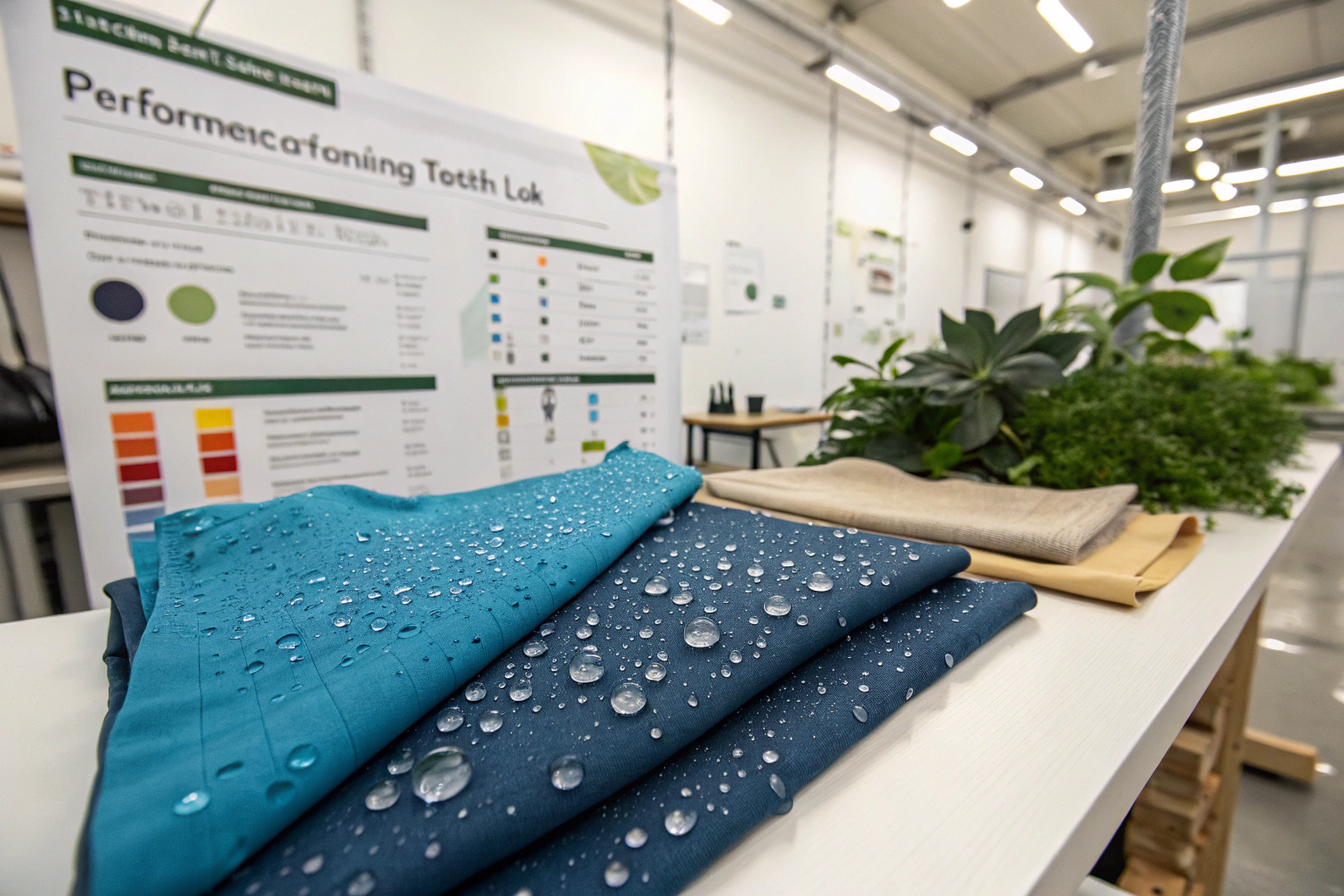As global fashion brands race to eliminate harmful perfluorinated chemicals (PFAS), one innovative solution stands out: Bionic Finish® Eco. This patented, fluorine-free water-repellent technology is making waves across sustainable outerwear, kidswear, and sportswear sectors. But for many sourcing managers and buyers, questions remain: Is it truly effective? What’s the MOQ? Is it commercially scalable?
Bionic Finish® Eco offers PFAS-free water repellency by using dendrimer-based polymers instead of fluorocarbons, providing effective performance while meeting EU, US, and brand-level sustainability compliance.
If your goal is to deliver high-performance, water-repellent garments that meet modern environmental standards, this guide shows you why Bionic Finish® Eco is your smartest textile finish investment.
What Is Bionic Finish® Eco and How Does It Work?
Bionic Finish® Eco is a PFAS-free water-repellent textile finish developed by Rudolf Group in Germany. Unlike traditional C6 or C8 fluorocarbon treatments, it uses a dendrimer-based system that mimics nature’s water repellency—like a lotus leaf.
Its 3D polymer structure creates microscopic “branches” that push water away without sealing the fabric pores, keeping the textile breathable while protecting against rain and splashes.
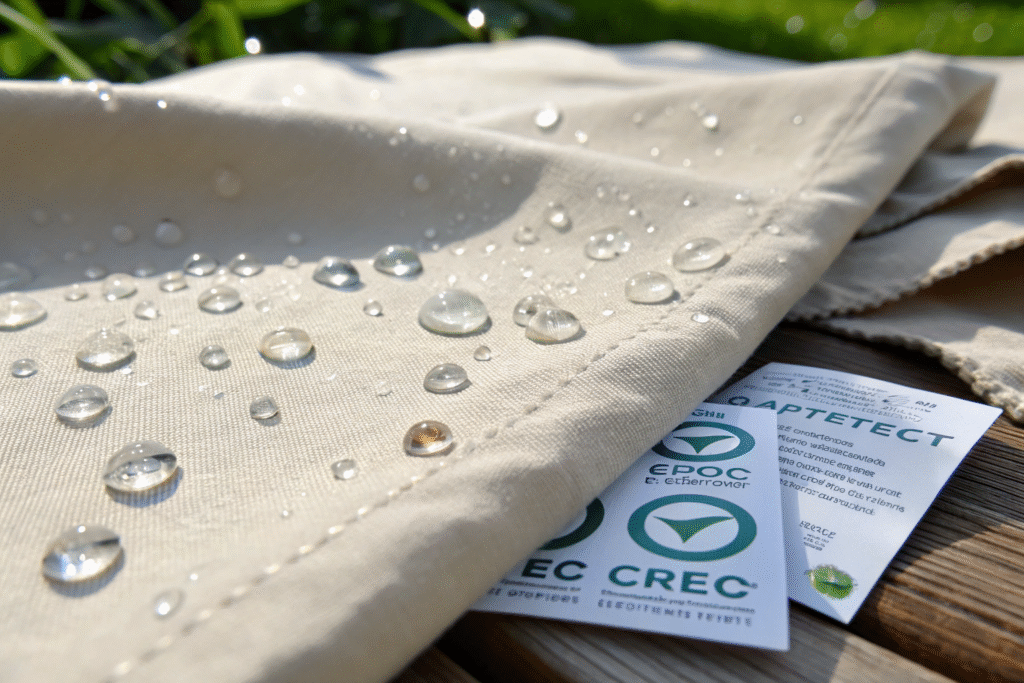
Is It Really PFAS-Free?
Yes. According to OEKO-TEX® documentation, Bionic Finish® Eco passes PFAS-free verification. Rudolf Group has also published technical data proving the absence of PFCs, PFOA, and PFOS—substances now banned in many jurisdictions.
How Does It Compare to Fluorinated Finishes?
Traditional fluorochemicals offer strong oil and water repellency but come at an environmental cost. Bionic Finish® Eco may have slightly lower oil resistance but excels in water protection, is biodegradable, and supports ZDHC compliance—making it perfect for kidswear, outerwear, and eco-focused labels.
What Are the Key Performance Benefits?
Performance is where Bionic Finish® Eco defies assumptions. Buyers often worry that “eco” means compromise. But that’s not the case here.
The finish consistently achieves 80–100 spray test ratings, holds up against 20+ wash cycles, and retains soft handfeel—all while staying completely PFAS-free.
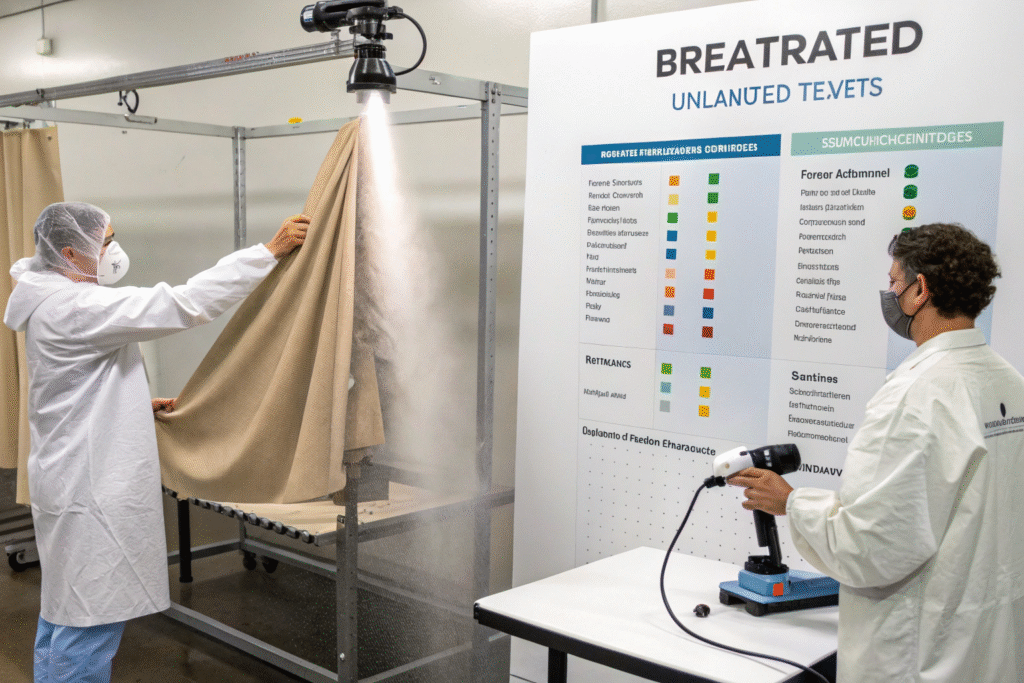
How Does It Perform in Rain Tests?
Tests conducted under AATCC 22 show that Bionic Finish® Eco-treated garments resist water penetration even after 10–20 washes. Spray ratings of 90–100 are common on polyester, cotton, and blends when cured at optimal temperatures (usually 160–170°C).
Does It Affect Fabric Feel or Breathability?
No. Unlike some wax-based alternatives, the dendrimer structure remains invisible and flexible. Rudolf Group’s technical sheet confirms that handfeel and moisture vapor transmission remain intact, making it ideal for activewear and softshell applications.
Is It Widely Accepted by Global Brands?
Bionic Finish® Eco has been widely adopted by leading global brands looking to meet upcoming chemical bans and consumer expectations.
Brands like H&M, Jack Wolfskin, Patagonia, and Vaude already use it in their PFAS-free product lines, especially for kids’ outerwear and eco-collections.
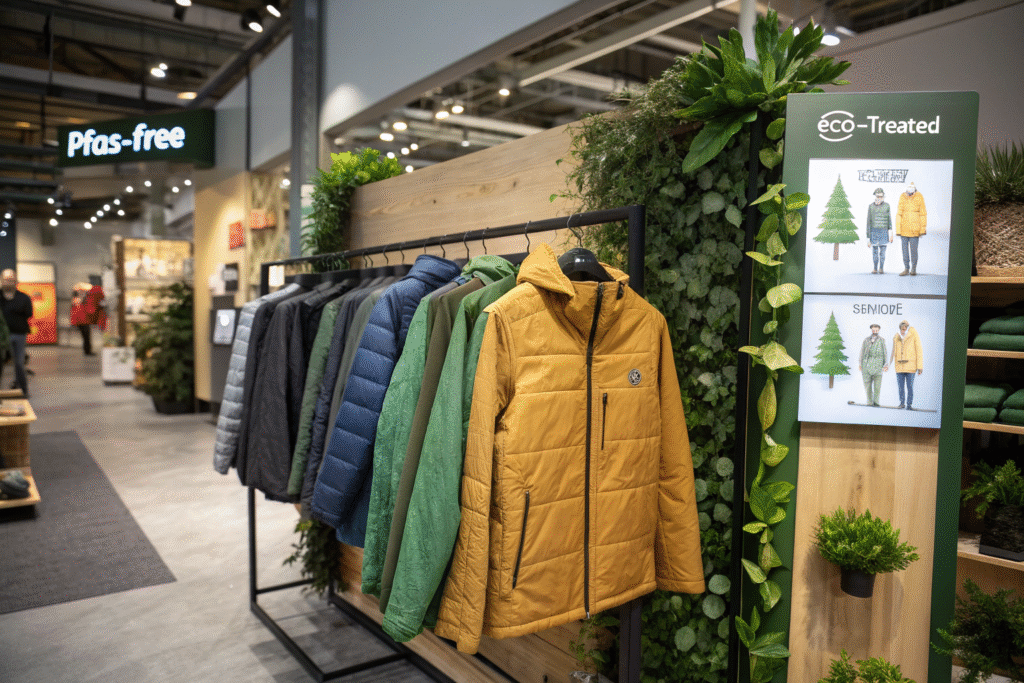
Which Brands Trust It?
Retailers including Decathlon and Lindex highlight Bionic Finish® Eco as a feature in their eco-line labeling. For them, the treatment ensures safety, especially in products for infants and toddlers where PFAS exposure is a concern.
How Does It Help Meet Compliance?
Bionic Finish® Eco supports OEKO-TEX®, GOTS, and bluesign® certification routes. It’s also listed on ZDHC Gateway as an approved chemistry. This simplifies global export compliance, especially for brands shipping into the EU, California, and Nordic countries with tight PFAS regulations.
What Are the MOQ, Lead Times, and Application Options?
Sourcing Bionic Finish® Eco-treated fabric doesn’t have to be complicated. However, minimums and processing details vary by supplier and textile type.
At Fumao Fabric, the MOQ for Bionic Finish® Eco-treated fabrics is generally 300 meters per color, with a lead time of 10–14 days post lab dip approval.
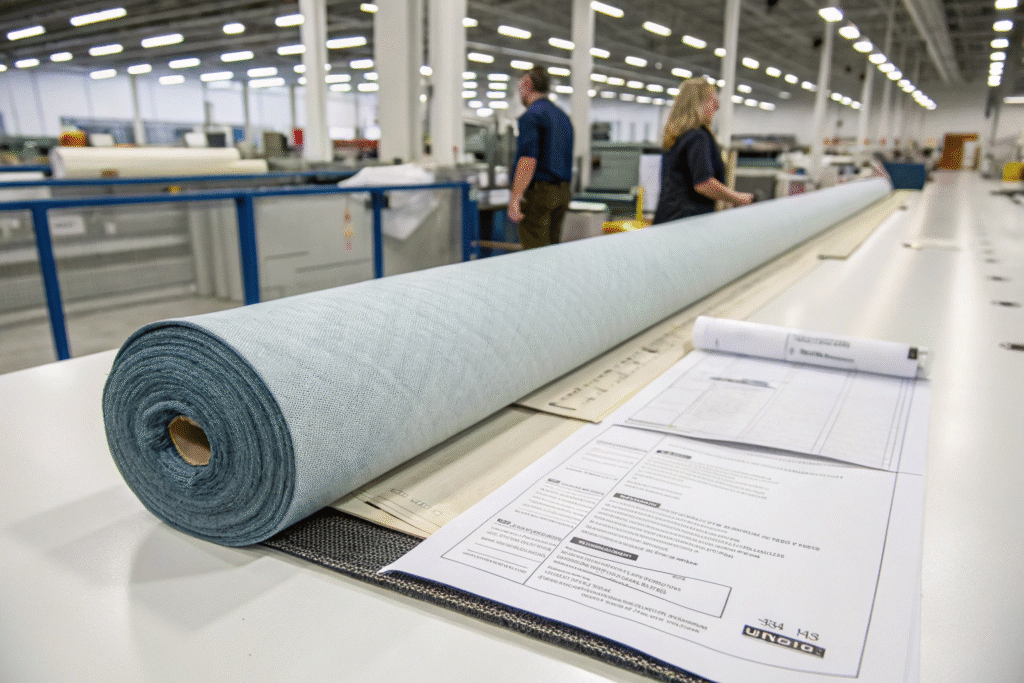
Is It Suitable for Cotton, Nylon, and Polyester?
Yes. It performs well across natural, synthetic, and blended bases. Our lab in Keqiao has successfully applied Bionic Finish® Eco to recycled polyester, organic cotton, and nylon-spandex blends, all while maintaining test consistency across different weaves.
Can It Be Combined With Other Functions?
Absolutely. We offer dual-function finishes, combining Bionic Finish® Eco with anti-bacterial, UV-blocking, or even printable back coatings. According to Textile World, multifunctional fabric development is the new frontier in sustainable fashion.
Conclusion
PFAS bans are no longer future threats—they’re here. Choosing a water-repellent finish that performs, lasts, and aligns with global safety regulations is now mandatory for responsible brands. Bionic Finish® Eco delivers on all fronts: performance, certification, and sustainability.
At Fumao Fabric, we integrate Bionic Finish® Eco across a wide range of sportswear, kidswear, and outerwear fabrics. With quick development, in-house testing, and export-ready logistics, we support brands that prioritize both function and the future.
To start sourcing PFAS-free water-repellent fabric or request lab-tested swatches, reach out to our Business Director Elaine at: elaine@fumaoclothing.com.

